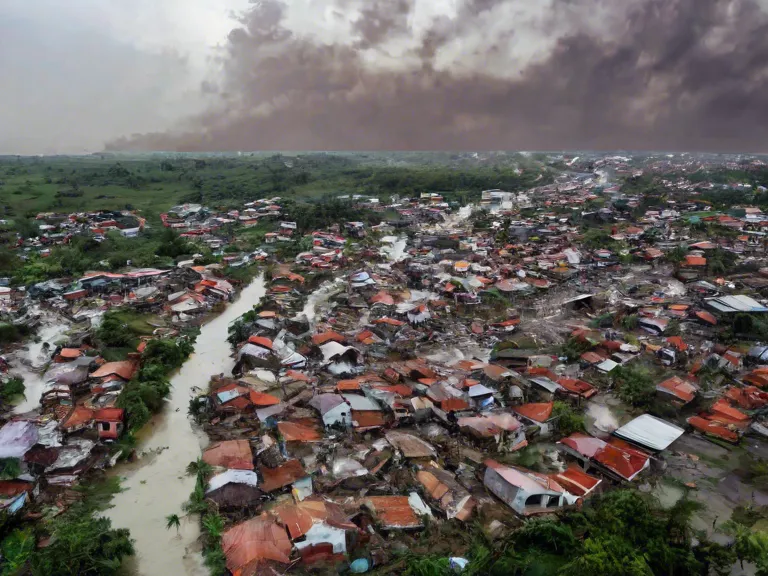
In the aftermath of a natural disaster, swift and effective recovery efforts are crucial to rebuilding communities and restoring normalcy. Data analytics plays a key role in streamlining post-disaster recovery by providing insights that inform decision-making, allocate resources efficiently, and monitor progress.
One of the primary uses of data analytics in post-disaster recovery is to assess the extent of damage and prioritize response efforts. By analyzing satellite imagery, geographic information systems (GIS) data, and other sources of information, authorities can quickly identify areas that are most severely affected and in need of urgent assistance. This allows for a more targeted and coordinated response, maximizing the impact of limited resources.
Data analytics also helps in optimizing resource allocation during the recovery phase. By analyzing demographic data, economic indicators, and other relevant factors, decision-makers can better understand the needs of affected populations and tailor recovery programs accordingly. This ensures that resources are directed towards the most vulnerable groups and areas, leading to a more equitable and effective recovery process.
Furthermore, data analytics enables real-time monitoring of recovery efforts, allowing for adjustments to be made as needed. By tracking key performance indicators and analyzing feedback from stakeholders, authorities can evaluate the effectiveness of their interventions and make informed decisions about future actions. This continuous feedback loop is essential for ensuring that recovery efforts remain on track and responsive to evolving needs on the ground.
In conclusion, the power of data analytics in post-disaster recovery cannot be understated. By harnessing the potential of data-driven insights, authorities can improve the efficiency, effectiveness, and equity of their recovery efforts, ultimately helping communities rebuild and thrive in the wake of disaster.



